- About us
- Support the Gallery
- Venue hire
- Publications
- Research library
- Organisation chart
- Employment
- Contact us
- Make a booking
- Onsite programs
- Online programs
- School visit information
- Learning resources
- Little Darlings
- Professional learning
Jane Franklin (née Griffin, 1791–1875) came to Van Diemen’s Land in 1837 following the appointment of her husband, Sir John Franklin, to the position of lieutenant-governor of the colony. Jane was somewhat unique among colonial vice-regal spouses for being forthright, childless and well-travelled; for her intellectual interests; and for her ‘unwomanly’ outspokenness on matters such as prison reform and convict discipline. Both she and Franklin viewed Van Diemen’s Land not merely as a prison but a new society in which education, science and the arts should be fostered. Foremost among the artists she supported was the ex-convict Thomas Bock. In 1837 she commissioned copies of his earlier watercolour portraits of the Aboriginal leaders associated with George Augustus Robinson; and in 1842 Bock created a portrait of Mathinna, an Aboriginal girl removed from her family in 1839 and taken to Government House in Hobart so that Lady Franklin might experiment with ‘civilising’ her. In 1838, at a friend’s request, Lady Franklin sat to Bock for her own portrait; this sculpture is said to be based on the drawing which resulted from the sitting.
Collection: National Portrait Gallery
Purchased 2018
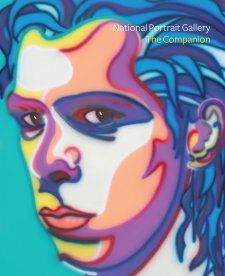
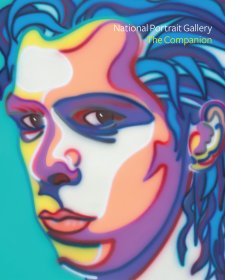
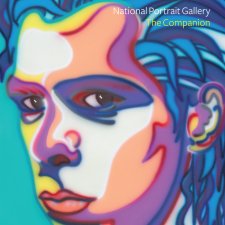
On one level The Companion talks about the most famous and frontline Australians, but on another it tells us about ourselves.
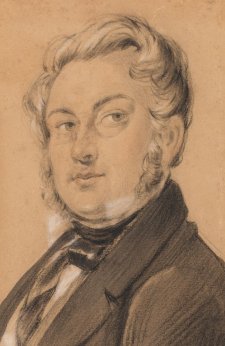
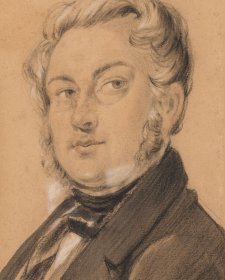
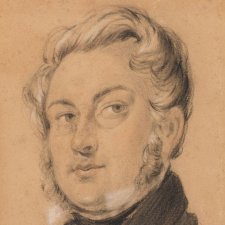
Whether the result of misadventure or misdemeanour, many accomplished artists were transported to Australia where they ultimately left a positive mark on the history of art in this country.
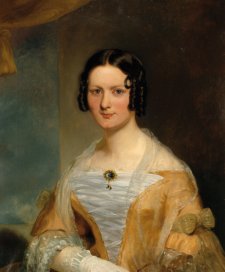
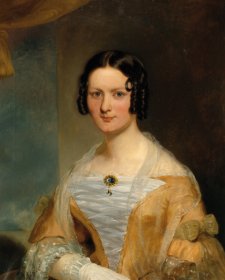
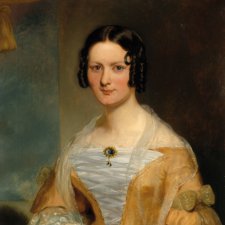
Henry Mundy's portraits flesh out notions of propriety and good taste in a convict colony.